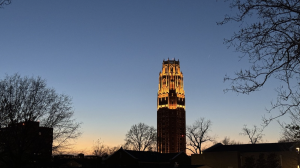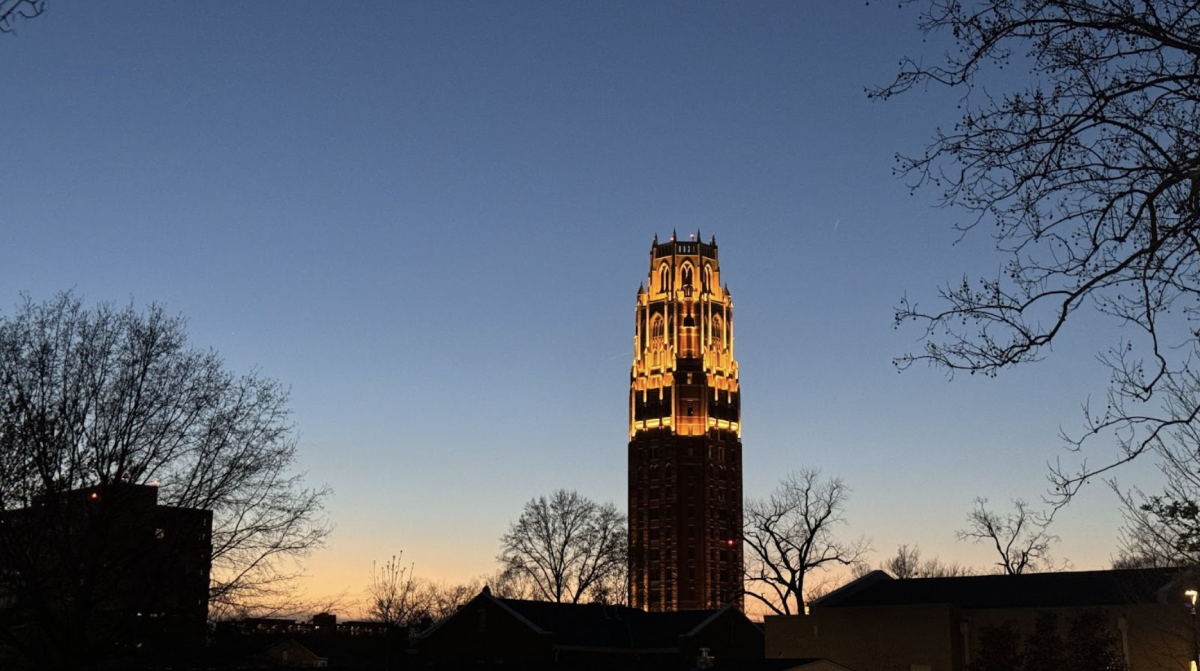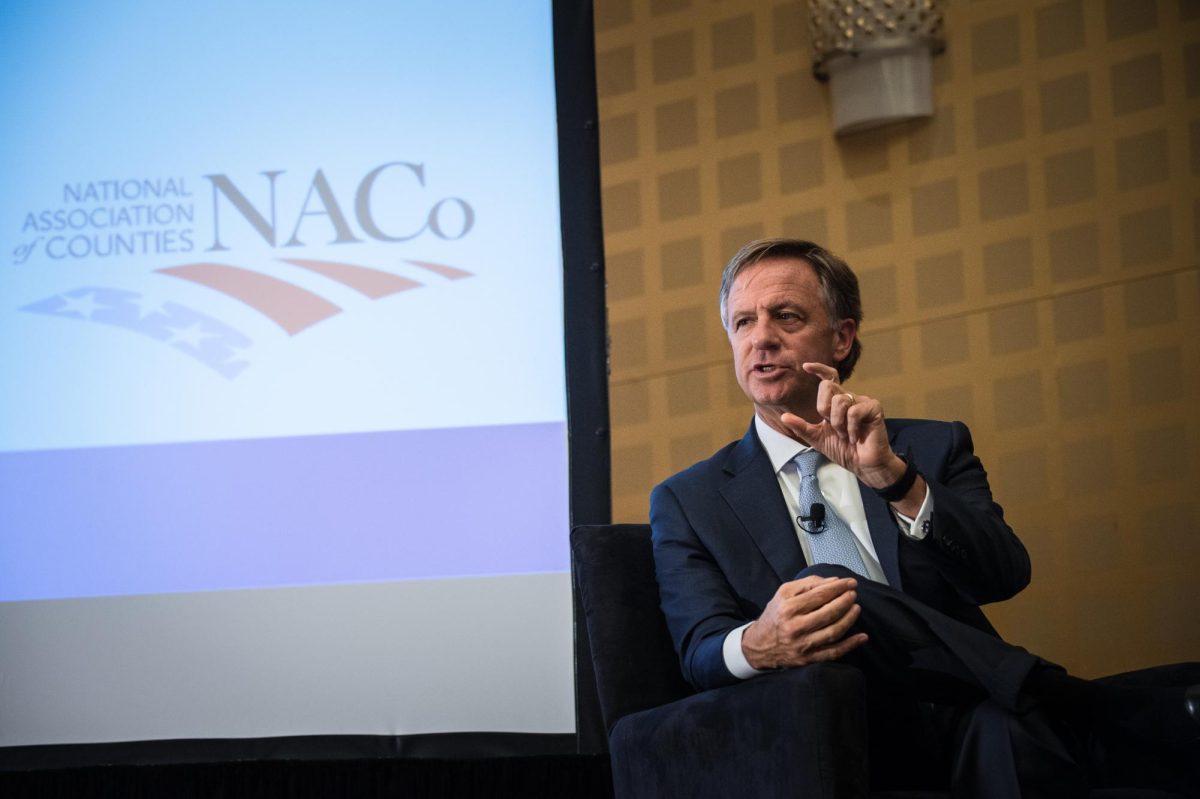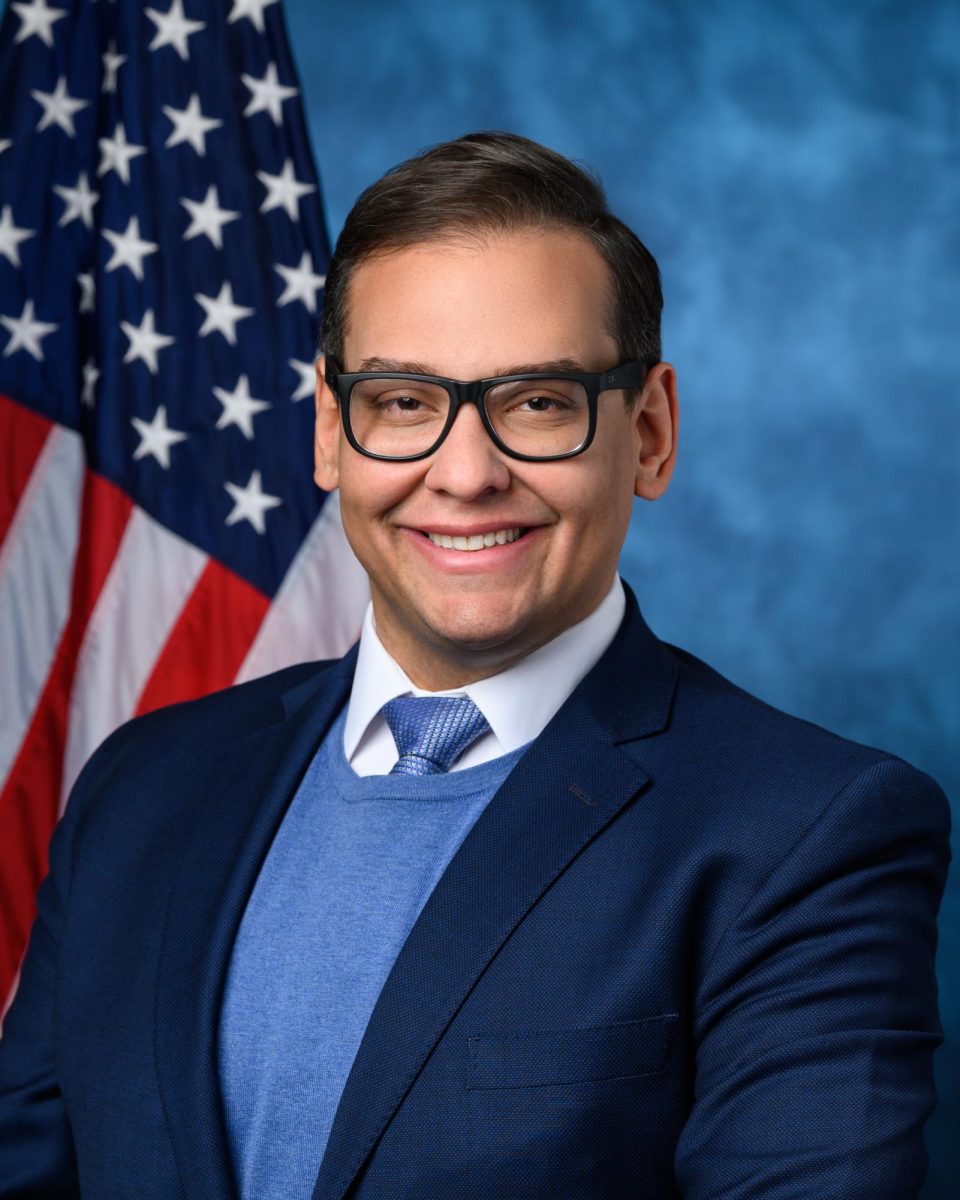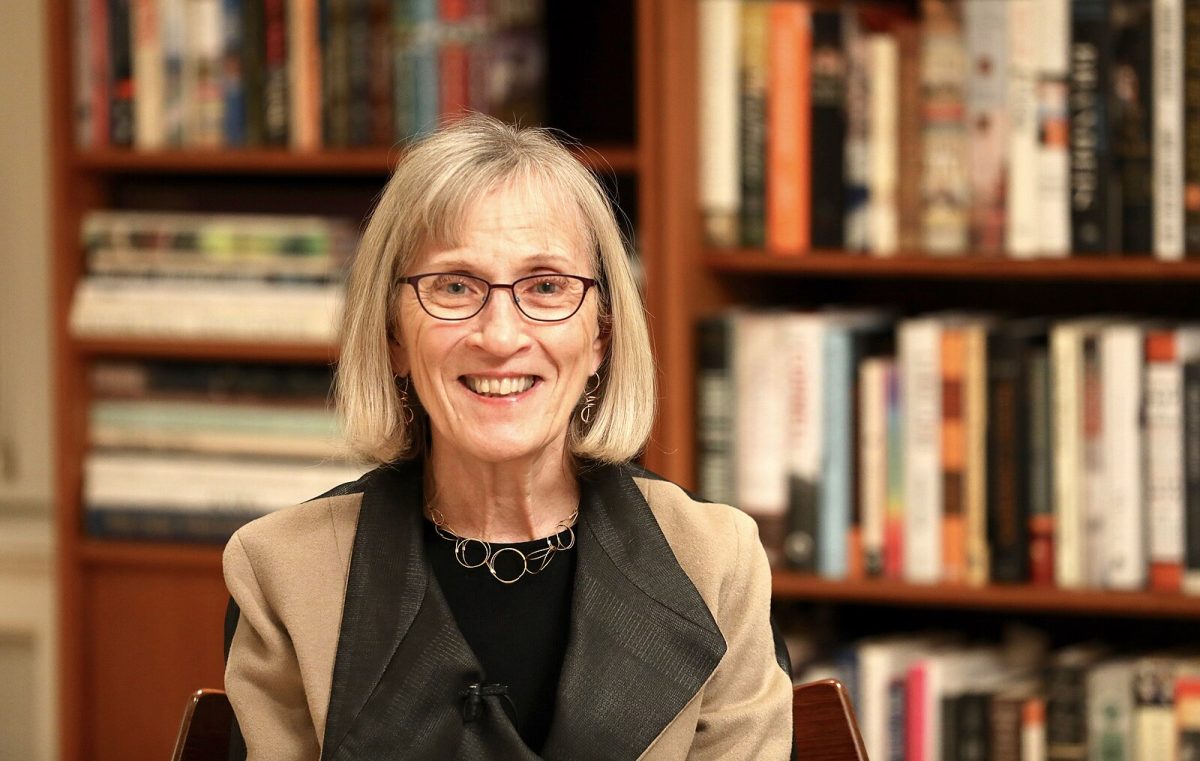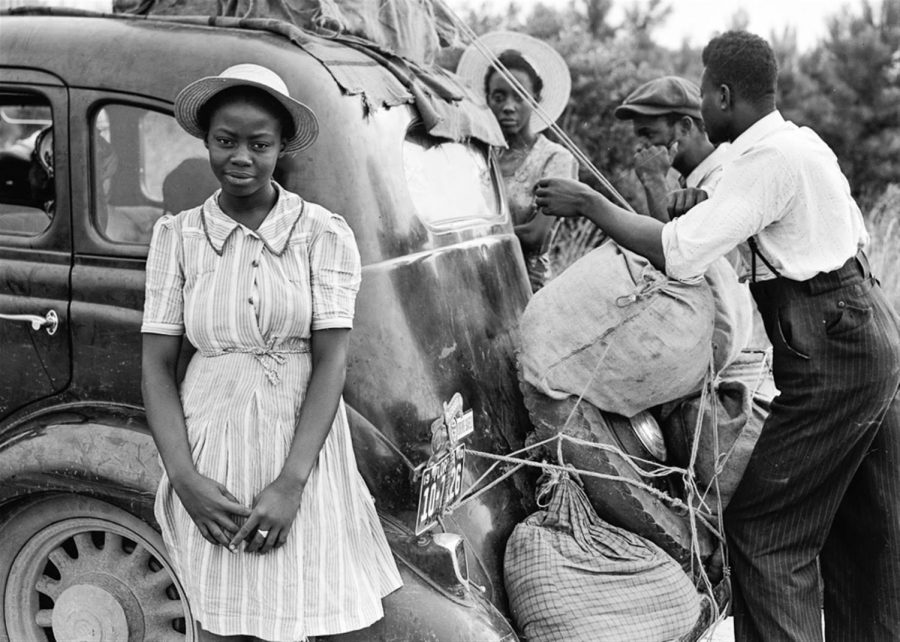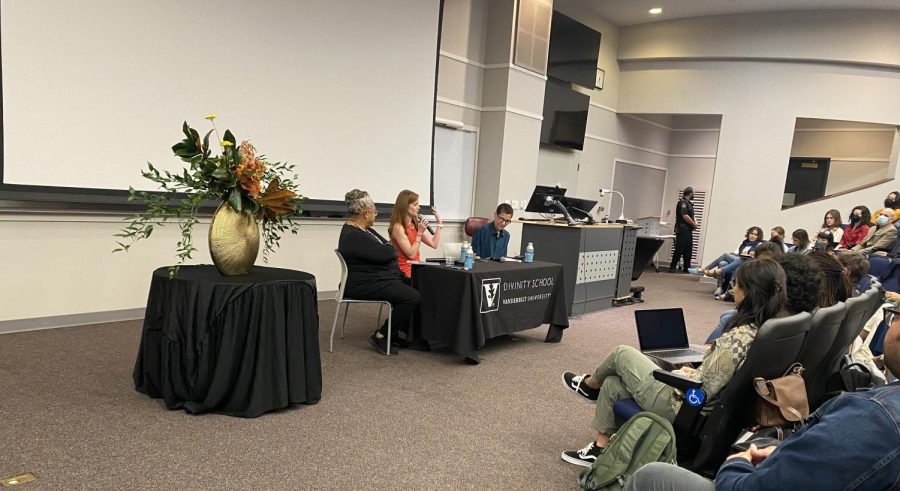Ask Vanderbilt students their post-graduation plans and you will typically receive a response consisting of consulting, banking, or engineering. You are far less likely to encounter students who plan to volunteer, teach, or join the public and foreign service after leaving school. This is hardly unique to Vanderbilt; top schools around the country are funnels into the highest-paid positions.
In a 2017 survey conducted at Harvard, 18% of graduating seniors were going to work in consulting, 18% were entering finance, and 6% pursued public service and nonprofit work. The Vanderbilt Career Center has shockingly limited data related to career choices of Vanderbilt students. The only available data is from the class of 2015, which found that 24% went into consulting and 15.9% went into finance, while just 7.2% entered the education and nonprofit sector. It seems that obtaining a “good job” is conflated with wealth. This data raises questions about the incentives and motivations of students, as well as the values of American universities.
The race for prestige is learned in high school. By the time students are on a college campus, the monetization of their degree has been enforced, intentionally or otherwise, by professors, parents, and peers. Education has become a system that encourages students to pursue lucrative careers, rather than socially beneficial or fulfilling jobs.
Amy Binder, a sociologist from the University of California San Diego, has studied career trends at Stanford and Harvard. According to Binder, students who never intended to go into banking or consulting are often guided to those careers by an “inertial” force created by recruiters, peers, and the schools themselves. More importantly, she asserts that students are often unfulfilled by careers with “limited social value.”
Colleges try to set an institutional precedent when it comes to employment. Elite schools offer unparalleled access to companies like Deloitte and Goldman Sachs. On-campus recruiting events for specific consulting firms and banks begin early for college students. For freshman who have never heard of consulting or investment banking, they quickly learn that these jobs are held in high esteem. By sophomore and junior year, students are inundated with weekly info sessions, on-campus recruiting events, food, branded bags, and apparel from employers.
Select companies can afford to spend months each year recruiting on campuses around the country, and schools are happy to oblige. Conversely, it is more difficult to find events on campus that emphasize careers in public service or with nonprofits. These organizations, who comparatively lack resources, are at a distinct disadvantage in recruiting top students.
“Continuing to emphasize money over fulfillment, happiness, and public good, leaves individuals and society edging towards moral bankruptcy.”
Schools have an obvious vested interest in cultivating a pipeline to well-paying fields. Attracting the nation’s brightest high school students means promising them high-income careers. A college’s stake in the future-salaries of their students extends beyond the competition for qualified applicants. They hope to secure generous alumni donations decades later in the form of new football stadiums and dorms. Notably, Vanderbilt was the recent beneficiary of a $20 million donation from former Facebook executive and alumnus Jeffrey Rothschild ‘77, $20 million from the Ingram family, and a $10 million anonymous donation.
Schools also send perverse price signals to prospective students. The cost of a college education has increased to the point where it is often unaffordable without grants, aid, and loans. Some of the nation’s most elite schools also top the list for cost. A single year of tuition and fees at premier universities often hovers around $70,000:
University of Chicago: $74,526
Harvard: $73,600
Johns Hopkins: $68,805
Vanderbilt: $67,492
Fortunately, many schools are implementing more robust financial aid programs to expand access to higher education and avoid saddling graduates with burdensome student debt. These programs, however, are far from perfect. The Federal Reserve Bank of New York reported that in 2015, student loan balances exceeded $1.3 trillion. Among household debt, this was second only to mortgages. The Institute for College Access and Success reports that in 2012, 71% of all students graduating from four-year colleges had student loan debt.
Increasing prices and fees for students reinforce the importance of earning money. For a student expecting to pay nearly $300,000 for college, it is not only logical, but requisite, to secure a high paying job. The increasing cost of college means students and families must invest more money into education. In order to see a return on their investment, students are deterred from pursuing traditionally less lucrative careers, even if they provide measurably more benefit to others.
By pricing college in such a way, education becomes valued only in terms of money. This perspective degrades the true value of an education and minimizes its potential to effect meaningful and positive change.
Students are bound by an inescapable, hyper-competitive, money-oriented system. An intriguing solution would be the creation of a national service.
A national program that requires a year of service between the ages of 18-28 would offer newly-aligned and alternate incentives to the ones traditionally espoused by universities.
“Young adults would be exposed to new ideas, histories, geographies, opinions, and social problems – actualizing the refrain ‘e plurbus unum’ – recognizing the emergence of one country out of immeasurable diversity.”
President John F. Kennedy’s celebrated line, “Ask not what your country can do for you. Ask what you can do for your country” has become a pillar of the American ideal of civic duty. Though frequently drawn on as a reminder of America’s collective social responsibility, it is less often acted upon. A national service program would turn this rhetoric into a reality.
All 5 branches of the military, the Peace Corps, Americorps, CitizenCorps, and volunteer opportunities within federal agencies are just some of the options that young Americans could have.
Service would not have to be limited to federally run programs however, as there are a variety of nonprofit organizations that enlist the help of young students. Aspiring doctors could volunteer at Federally Qualified Health Clinics (FQHCs) or Rural Health Clinics (RHCs). Future lawyers could devote a year supporting pro-bono work for children and veterans.
A year of service would bridge racial, religious, and socioeconomic divides. Whether you are poor and urban or wealthy and rural, white or black, you would be subject to the equalizing force of service. Young adults would be exposed to new ideas, histories, geographies, opinions, and social problems – actualizing the refrain “e plurbus unum” – recognizing the emergence of one country out of immeasurable diversity.
Exposing Americans to the virtue and importance of service at a young age makes it more likely that they commit to those principles as they grow older. Learning civic duty would have positive carry-over effects. Citizens would hold a stronger stake in the United States, perhaps boosting the dismal voting turnout and increasing American engagement in the needs of their neighbors and communities. Conceptions of citizenship, typically rooted in paying taxes and voting, could evolve into a new national identity oriented around service. Ultimately, nationwide service would nurture our democratic institutions in a time when they have been marred by partisanship.
Too often students find pursuing financial incentives and remaining true to their values to be mutually exclusive. Performing some form of service for a year does not preclude one from achieving other career goals. A year of service would create measurable benefit individually, and in the aggregate, all while ensuring people retained their ability to pursue whatever field of study or career they desired.
The government could also make national service more attractive, maintaining it as voluntary not compulsory. Through stronger incentives, more generous loan forgiveness, and tax breaks, young people will see volunteering as a viable option. Creating a federal agency devoted to administering civic service would allow for proper coordination across programs dealing with health, education, and poverty-reduction. In a 2007 Time Magazine piece, Richard Stenge proposed issuing government bonds with every birth. This money would accrue at a generous interest rate. Recipients would be able to access this money contingent on a set term of service, and so long as it goes towards education, starting a business, or a down payment on a home, just as provisions of the GI bill dictate.
Unfortunately, the Trump administration has threatened to eliminate public service loan forgiveness. The program, created by President Bush in 2007, forgives student loan debt for those who have worked for the government or a nonprofit for 10 years. For teachers, nurses, public defenders, public health workers, librarians, non-profit employees, and other public workers, cancelling this program is a threat to their livelihood and the security of those that they serve. According to the Department of Education, there are more than 500,000 borrowers who intend to receive debt forgiveness through the program. Two-thirds of those workers make less than $50,000 a year.
If public policy cannot foster a commitment to service, there are private sector solutions that can. Companies could begin to place greater value on service; giving preference to job applicants that have demonstrated qualification for the position and aptitude for service. Through tax breaks and private-public sponsorship, successful companies and their employees would be encouraged to become more active in the service community.
This type of work environment could usher in a new era of true corporate responsibility. One business leading the way is the popular boot company Timberland. The company’s “Path of Service Program” offers 40 hours of paid time off each year for community-service projects. It also provides a paid six months for sabbaticals during which employees can work at nonprofits.
It is true that education is a vehicle to a better job, and subsequently better pay, but it would be naïve to only value an education, and more importantly, a career and a lifetime, through dollars earned. This is where colleges repeatedly fail. Continuing to emphasize money over fulfillment, happiness, and public good, leaves individuals and society edging towards moral bankruptcy.
Although a national service seems many years away, there has never been a better time for young people to recommit to service. The world’s interconnectedness can create a collective empathy for others. Tapping into their unique ability to communicate and problem solve, the nation’s brightest students hold the potential to address issues of healthcare, poverty, energy, and education in innovative and multidimensional ways. Now, if only they’d defer a career on Wall Street for a year of service.

